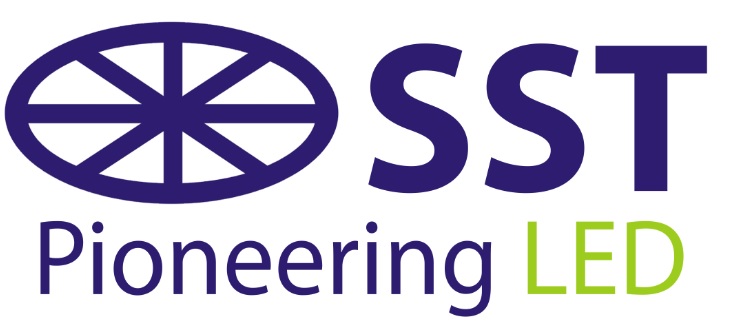What are retrofit LEDs and how efficient are they?
Retrofit LED fixtures are generally used to replace bulbs in traditional light fixtures. Retrofit LEDs are usually designed to replace an Edison-base light bulb and are fabricated with a built-in driver and metal heat sink. Retrofit LEDs are generally not recommended LED products for several reasons.
Retrofit LEDs are much more expensive than traditional bulbs and also have higher fabrication costs than other LEDs. Additional costs are primarily due to the extra materials needed to make the metal heat sink. Retrofit LEDs in older fixtures also generally require larger diameter wire. In contrast, Sunlite’s low-voltage LEDs use 18AWG wire.
LED drivers (often enclosed within the fixture for retrofit LED products) contain semiconductor components and are heat sensitive. In a retrofit LED, the heat generated by the driver adds to that generated by the LED and worsens the heat dissipation problem. When the built-in driver of a retrofit LED fails, the entire fixture must be replaced. In contrast, drivers for Sunlite’s standard LED products are made separately from the fixtures they service and are easily replaced if they fail.
Retrofit LEDs often have dimming problems. Dimming retrofit LEDs is usually done using a TRIAC dimmer. When retrofit LEDs are dimmed, low voltages may not provide enough load for the LED driver and can cause the LED light to flicker.
It should be noted that LEDs are much less expensive (and sometimes are no more expensive than conventional lights) if they are used with an appropriate fixture. For example, if a traditional can fixture is replaced with a new LED fixture (instead of just replacing the bulb with a retrofit LED), the new LED fixture can usually be made much smaller and may not cost more than the traditional light fixture.
